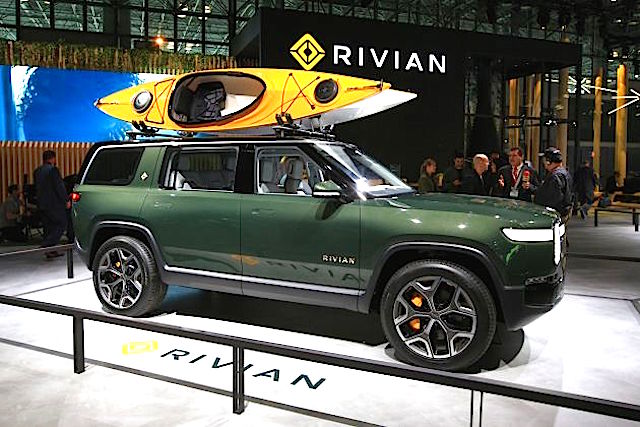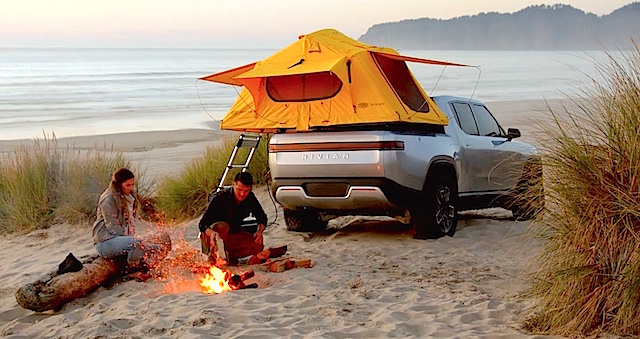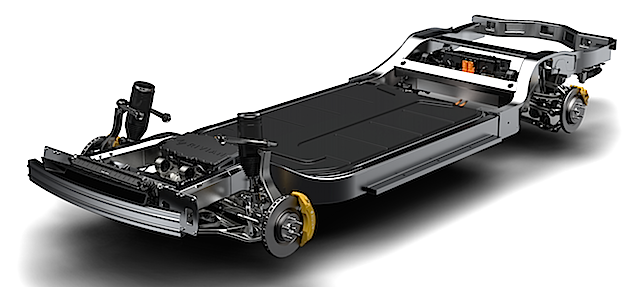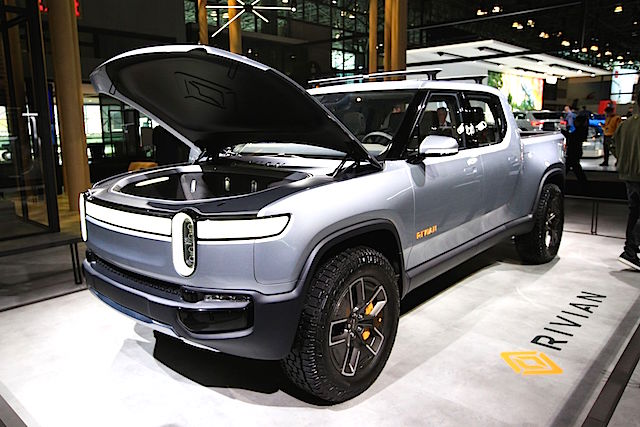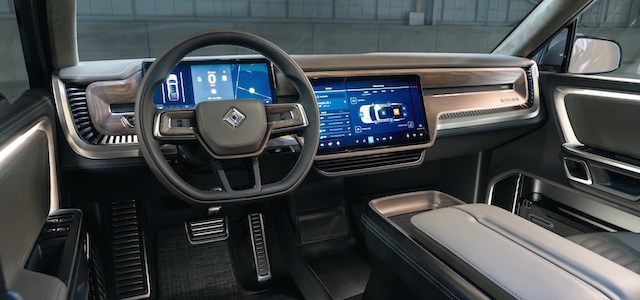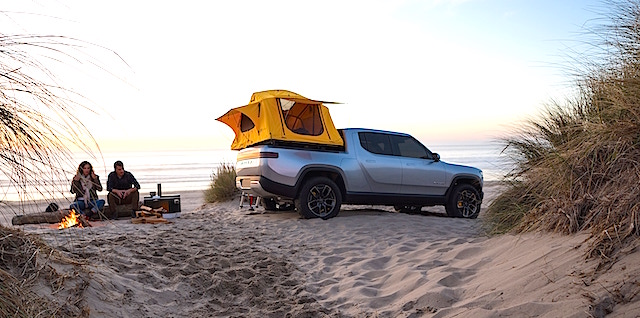
Will American start-up company Rivian Automotive sell its battery-electric SUVs and utes in New Zealand now that it has confirmed production for Australia?
If so, will they be sold through an independent Rivian outlet? Or will they, now that Ford HQ in Detroit has taken a US$500 million stake in Rivian, be sold as premium models via select Ford dealerships in New Zealand? In the US, the R1T double-cab ute is priced at US$69,000 and the seven-seat R1S SUV at US$74,000.
Part of the collaboration agreement, say US reports, is that Ford will allow Tesla rival Rivian to move ahead with plans to develop its own brand and dealer network. But that might apply only to the North American market.
Regardless, allowing Rivian to pretty much chart its own path was the deciding factor in Ford clinching the deal. General Motors had been talking to Rivian for some time, but GM wanted exclusive rights to Rivian’s technology.
Either that or no deal, GM was reported to have told Rivian. That opened the door for Ford. One of its board members was a personal friend and classmate at the Massachusetts Institute of Technology of Rivian CEO R J Scaringe (pictured below). The agreement Ford made was also said to permit Rivian to deal with other automotive companies.
Rivian’s chief engineer Brian Gase has said he wants to get the R1T ute and R1S SUV built for the Australian market as soon as possible.
“Yes, we will have an Australian launch – the ‘when’ is a tough question,” said Gase. Global production will depend largely on Rivian upscaling the former Mitsubishi plant it bought for US$16m last year in the American state of Illinois.
Reports in the US says the facility has a production capacity of about 250,000 vehicles a year. Rivian has said it hopes to sell between 70,000 and 80,000 of its R1T and R1S models annually.
Gase himself said the R1T will have no trouble towing or going off-road. “We have really focused on the off-road capability of these vehicles,” he told media sites.
“We have 14-inches (350mm) of dynamic ground clearance, we have a structural underbody, we have all-time all-wheel drive so we can go up 45-degree inclines.
“I can tow 10,000-pounds (4500kg). I’ve got a tent that I can throw on to the back of the truck, I’ve got 400-miles (640km) of range. I can do anything another vehicle can do, and then some.” Payload for the R1T tray is 800kg.
Ford’s US$500 million stake in Rivian is the latest example of a large carmaker betting on the emergence of battery-powered vehicles. Ford CEO Jim Hackett told US media the investment is “consistent” with Ford’s own EV programme.
Ford last year said it would invest US$11 billion to develop battery-based vehicles, including hybrids, plug-ins and pure EVs. The US$500m deal with Rivian will come on top of that.
Rivian will use its Illinois plant to produce the platforms Ford plans to use. They will then be shipped to a Ford assembly plant for the rest of the assembly process.
“Ford is going to use Rivian’s flexible skateboard platform to develop an all-new, next-generation battery-electric vehicle,” Hackett said. The deal would include plans for Ford to co-develop new plug-in electric models with Rivian, all based on the same platform, which underpins both the R1T and R1S.
The advantages of such a design is that batteries, motors and other key components are mounted below the platform, making it easier for Rivian to engineer both left- and right-hand drive models. The four electric motors, one at each wheel, make a claimed 560kW of power and 1120Nm of torque.
The layout not only lowers a vehicle’s center of gravity for improved handling, but it frees up the space normally taken by an engine compartment. Both the R1T and R1S, for example, have what American media is calling “frunks,” or front-mounted trunks. Will New Zealanders call them “fboots?”
- Rivian is also developing vehicles for Amazon. It announced a separate, US$700 million investment deal in February with a consortium led by the online retailer. The electric carmaker is believed to be working on a delivery truck for Amazon.

